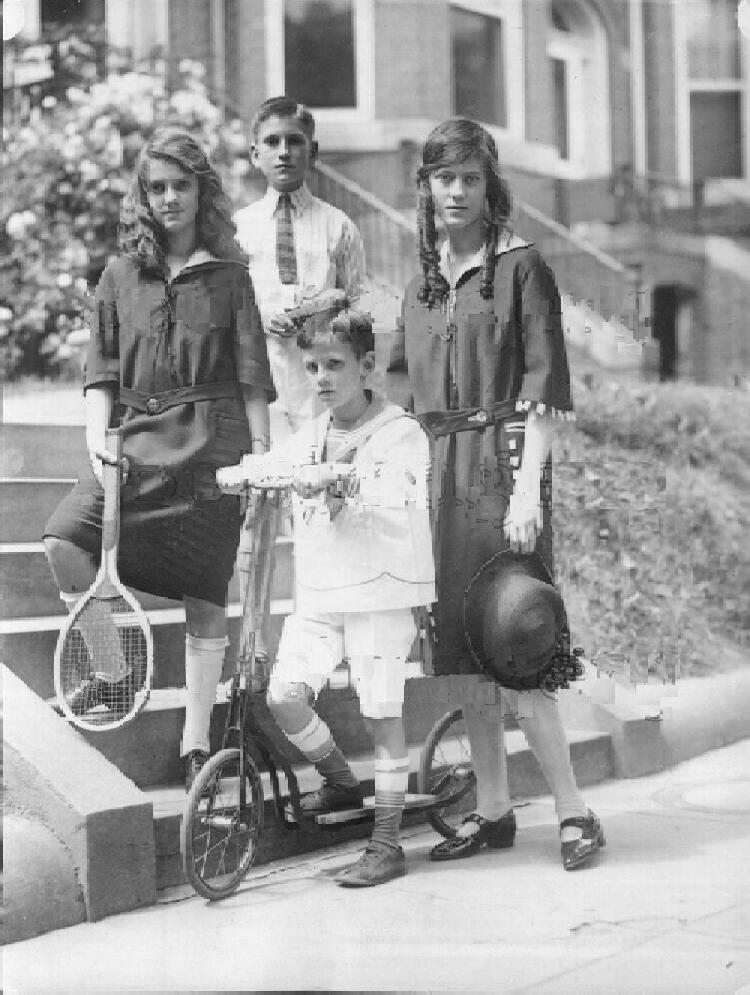
Figure 1.-- Here we see Senator Dial's four children in 1922. The press caption read, "The lkittle family of senatior amd Mrs. Nathanial Dial ready for the days sporty. Joseph, the youngest boy, is an ardent 'scooter', his brother Nathaniel, junior, is a baseball fan, his sister bDorthy is a tennis shark and Fannie is just 'Miss' Fannie Dial, almolst old enough to be a debutaunt." We see some of thge major fashions of the day. The ages of the children are not specified, but look to be about 8-17 years old. Jeffrey wears a short pants saolor suit. Natanielal Jr., wears a shirt and tie with short pants and knee sovks. The sisters wear identical dresses which you might think would not be all that popular with girls that agr. The dresses are plain with sports collars. The only fifferenbces are the hair and hosiery. Bobbed hair became popular in the 1920s, but both girls have long hair. Fannie has long ringlets. |

